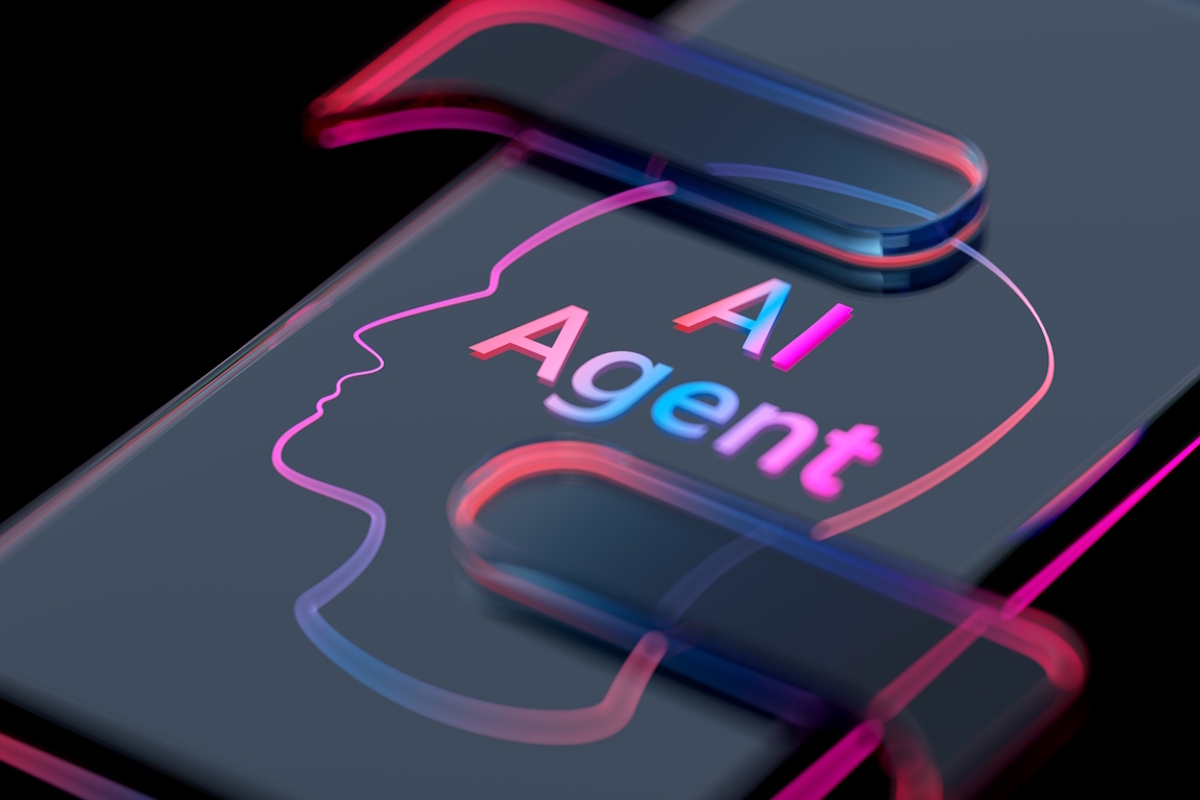AI agents: Is pressure to adopt missing the real opportunity?

Rich Waldron at Tray.ai explains that AI agents need thoughtful design and rigorous governance and control if organisations are to make the most of their strengths
CIOs are under increasing pressure to deliver on the promise of AI agents. There’s executive urgency, budget behind it, and no shortage of vendors claiming they’ve cracked it. But amid the rush to deploy, the real opportunity is being lost. Not because the tech isn’t promising, but because the foundations just aren’t there yet.
Unlike first-generation chatbots, which have struggled to respond to real-life user questions and take the pressure off customer service teams, real AI agents operate at a fundamentally different level. They must be able to reason, access live enterprise data, execute across systems, and work within policy. That’s a high bar, and it’s one very few meet today.
The dual benefit of AI agents
With agents able to reason and act autonomously to improve business functions such as customer service, tech support and e-commerce, they offer a double benefit to hard-pressed companies. They not only release operational efficiencies across an organisation but also free IT and line of business teams for higher-value work.
Agents are already the focus of remarkably wide investment and experimentation. A Gartner poll of CIOs found that 50% of companies are researching or experimenting with agents, with nearly a quarter (24%) saying they have already deployed up to a dozen agents. McKinsey global research says that of 25 different beneficial attributes of using GenAI, the redesign of workflows has the biggest bottom-line impact for organisations.
Premature deployments?
Front-line research shows that many agent projects are being greenlit before the foundations are ready. Tray.ai’s research of 1,000 organisations has found that two-thirds of enterprises have earmarked £370,000 or more annually for agentic AI projects, but nine in ten companies require technology stack upgrades to properly deploy them.
The survey identified core infrastructure issues: four out of five enterprises report that data challenges are an obstacle to implementation, with almost six in ten concerned about security and compliance aspects. Tellingly, only around one in eight CIOs regard getting ROI from agent deployments as a priority, suggesting that the drive to get agents into test environments currently outweighs strategic planning and integration.
Experts working on organisations’ agent projects have also identified wider risks, given the rush to invest. Many firms are testing and trying to deploy AI agents as standalone projects, in response to lines of business’ specific or tactical demands, without the organisation first conducting a wider assessment and improvement of the technology stack’s AI readiness.
In many companies, this short-termism is only adding to existing business application sprawl and leading to more difficult integration programmes. In these implementations, agents are often tied to a particular vendor’s ecosystem and constraints. This means they access only a limited number of applications and data sources and become stuck, preventing autonomous operations and upscaled improvements.
When multiple agents tied to different business applications overlap, IT teams must act as referees. And with many companies’ cloud-based business applications already running into the hundreds, this sprawl is diverting IT teams’ focus away from project outcomes and driving up the costs of their tech stack.
Even if teams succeed in laying the right foundation of governance, connectivity, and policy enforcement, there’s still no guarantee of adoption. If that foundation isn’t there, adoption is impossible. But even when it is, users still need trust, clarity, and transparency to change how they work. Building agents that function is one challenge. Driving adoption is another.
UK firms can operationalise AI agents effectively and progress to improving workflows only by satisfying two fundamental requirements:
- First, they need to ensure that they systematically connect all their apps, data, and workflows across complex environments.
- Second, taking a company-wide approach and connectivity that provides effective guardrails for agents that ensure compliance with all internal policies and external regulations.
Without these guardrails, AI agents risk eroding CIOs’ control over decision-making, data and compliance, and driving up operational costs.
A better foundation
The crucial bridge between existing technology stacks and successful implementations of agents is being built by new, composable, AI-ready agent foundations that connect all the required resources and applications. As a result, companies can build their own dynamic, adaptive AI agents, enable the automation of processes, and set up pathways towards wider, autonomous agent capabilities.
Using this AI-ready infrastructure approach, IT teams can now fill the ‘gaps’ in previous, mainly single-purpose AI agent deployments, averting conflicts between apps and better containing required integration and maintenance resources.
From single-purpose bots to enterprise teammates
Where organisations harness these platforms, CIOs can evolve AI agents from the type of one-dimensional task-runners seen previously to become digital teammates, capable of pursuing IT business goals based on context, tools, and harnessing the organisation’s structured and unstructured data.
This breakthrough in the foundations needed for agents unlocks the road to agent autonomy at scale, enabling CIOs to move from static automations to horizontal agents that can reason, act, and improve multiple systems and processes. It also enables organisations to initiate further process transformations across multiple departments.
With careful consolidation of data, processes and applications and AI-ready foundations in place, agents can deliver striking change/ROI. In a recent case, a leading financial provider introduced an IT service management agent within a cloud landscape comprising 200 applications, consolidating all requests through a single Slack interface and enforcing consistent policies and guardrails. As a result, support tickets routed to human teams decreased by 75%, which freed up various teams to focus on strategic customer support work.
Design, governance and control
With the right connectivity between enterprise resources and the right foundations, agents become the abstraction and control layer for enterprise AI, allowing companies to plug in best-of-breed tools without being locked into a single vendor or adding unnecessarily to application sprawl.
Trust and efficiency do not only originate from what AI agents can do; they originate from how agents are designed, built, governed and controlled.
Rich Waldron is Co-Founder and CEO of Tray.ai
Main image courtesy of iStockPhoto.com and MF3d

Business Reporter Team
Most Viewed
Winston House, 3rd Floor, Units 306-309, 2-4 Dollis Park, London, N3 1HF
23-29 Hendon Lane, London, N3 1RT
020 8349 4363
© 2025, Lyonsdown Limited. Business Reporter® is a registered trademark of Lyonsdown Ltd. VAT registration number: 830519543





